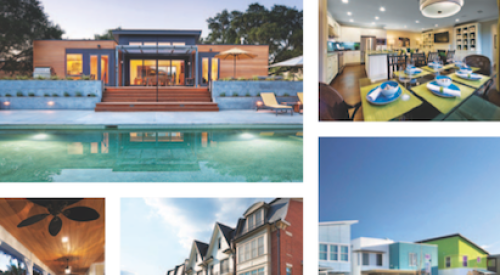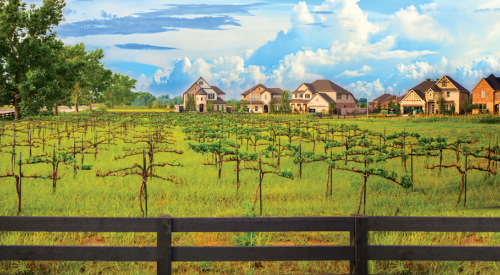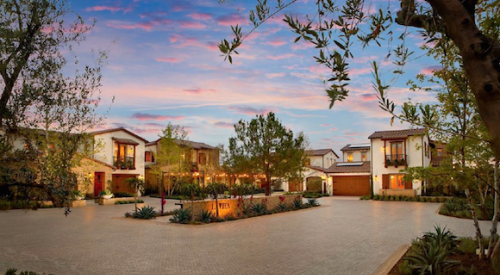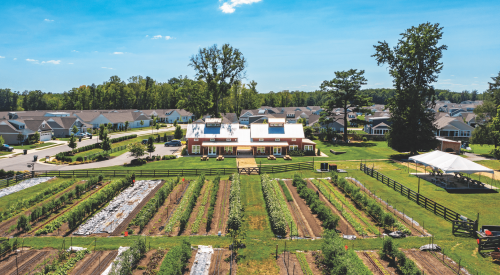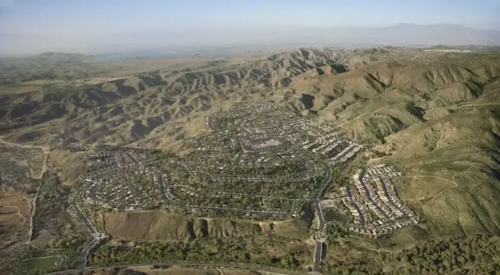 |
|||||||||||||||||||||||||
|
Chino Hills, Ca This community took master-planned development to new heights with its unique land use designations, results in permanent open space for each neighborhood.
|
|||||||||||||||||||||||||
|
|
|||||||||||||||||||||||||
Chino Hills, California is now a bustling city of over 73,000 residents in western San Bernardino County and boasts the highest median income of any city in the county. Twenty-five years ago, it was rolling hill country overlooking the surging growth just beginning to spill over into the Inland Empire (Riverside and San Bernardino Counties) from Los Angeles and Orange Counties. So, the County Board of Supervisors decided that it would make sense to shift the development pressures from the flat, productive agricultural land to the east onto this more challenging terrain.
The result was a unique system of land use designations that contained a built-in transfer of development rights incentive. Every property owner within the 18,000-acre Plan (the largest specific plan in California at the time) was assessed $43 per acre to fund the planning. It was the best return on investment many of them ever experienced. All properties had development rights. Some were located in rough terrain or contained critical habitat resources. Others were highly accessible and eminently developable. Still other properties could reasonably accommodate development, but with some limitations.
The Plan was structured around certain areas where development was preferred, others where it was allowed and still others that were highly sensitive environmentally. A system of development rights transfer built into the land use designations sought to focus development where it made the most sense in the Plan's eight villages. The result is a community where permanent open space enhances virtually every neighborhood.
